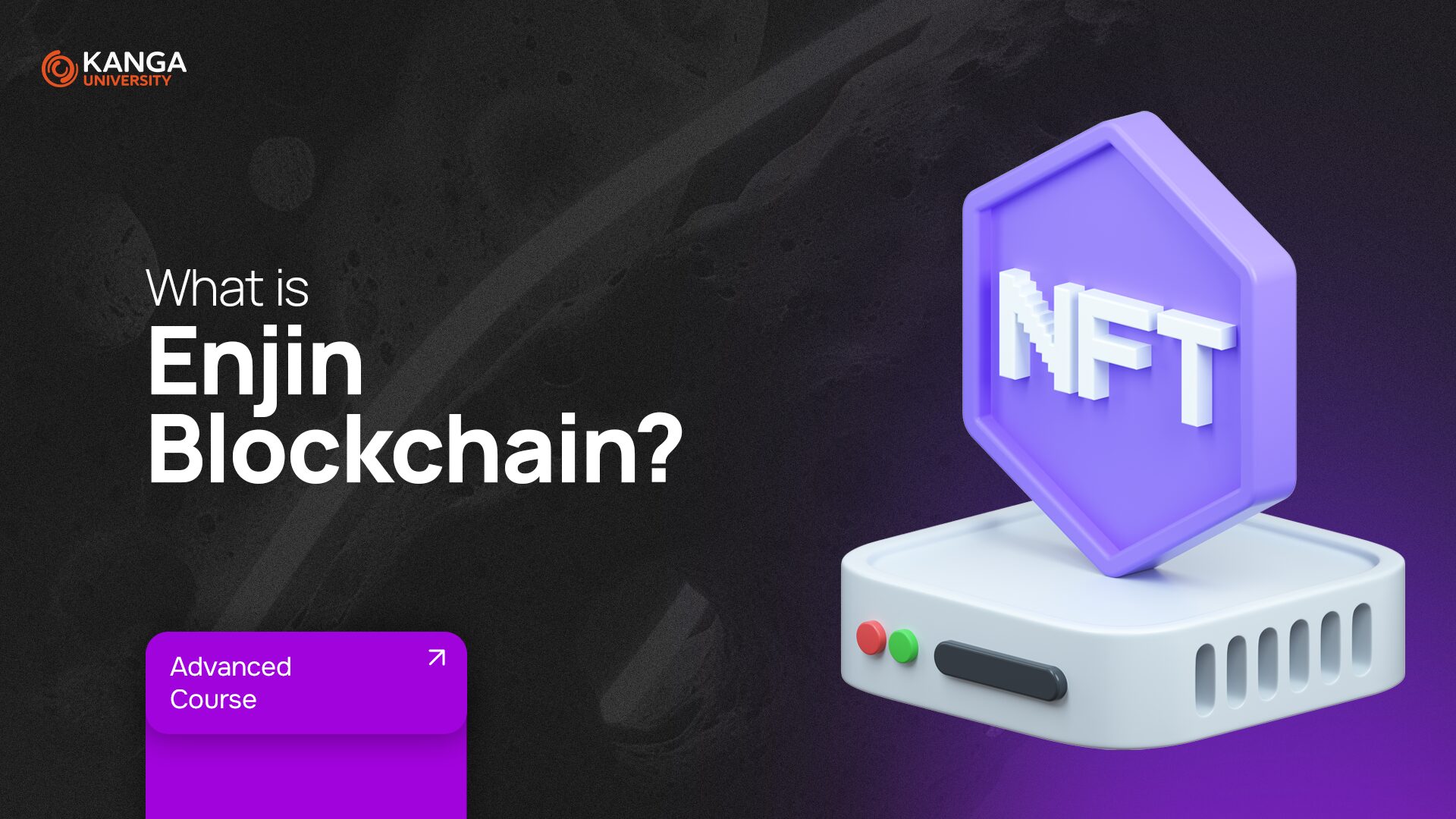
Enjin Blockchain is a powerful platform designed to reshape the way digital assets are used in games. Built for developers and gamers alike, Enjin lets you create, manage, and trade virtual items — like weapons, collectibles, or even art — with real-world value.
If you’ve ever dreamed of owning your in-game items for real, or using the same digital sword across multiple games, Enjin is making that a reality.
What Is Enjin?
Launched in 2017, Enjin started as a platform to help game developers integrate blockchain features into their games — particularly NFTs (non-fungible tokens). But it has since grown into something much bigger. Today, Enjin supports a range of industries: art, sports, fashion, and collectibles.
At its core, Enjin is an ecosystem built on Ethereum that gives creators simple tools to design and launch their own digital assets — no complex coding required. Think of it as a bridge between Web3 technology and people who just want to build or play.
Enjin’s early success came from its huge gamer community, which grew to over 18 million users. A 2017 token sale raised nearly $19 million, and since then, Enjin has become a key player in the world of NFTs and gaming.
How Does Enjin Work?
Even if you’ve never coded or mined crypto, Enjin is designed to be easy to understand. Here’s how it works:
1. The ENJ Token
Everything in Enjin’s ecosystem revolves around the ENJ token, based on Ethereum’s ERC-20 standard. ENJ isn’t just used for payments — it’s actually “infused” into every digital asset, giving it a base level of real-world value.
2. Creating NFT Game Items
To create an NFT (like a character skin or collectible), developers first reserve a number of ENJ tokens.
Then, using Enjin’s simple interface, they design the item and mint it on the blockchain using a smart contract. The ENJ used in the process gets locked inside the item — backing it with real value.
3. Trading and Melting
Once created, items can be traded, bought, sold, or earned in games. And if the value of an item drops, players can “melt” it — destroy the NFT and reclaim the ENJ tokens locked inside.
4. Multi-Game Use
Thanks to Enjin’s use of the ERC-1155 token standard, a sword earned in one game can be used in another — as long as both games are part of the Enjin ecosystem. This kind of cross-game compatibility is one of the most exciting parts of the platform.
Enjin’s Extended Ecosystem
Beyond games, Enjin has expanded into tools and platforms that make it even easier for users and developers to engage with NFTs:
-
Efinity – A Polkadot-based chain that enables NFT transfers across different blockchains.
-
JumpNet – A sidechain that allows fast, gas-free transactions.
-
Enjin Marketplace – A store where millions of digital items can be bought or sold.
-
Enjin Beam – A tool that delivers NFTs via QR codes, great for events or promotions.
-
Enjin Wallet – A mobile wallet that connects directly to games and apps, designed for gamers and collectors.
Real-World Use Cases
Enjin started with gaming, but it’s now powering real-world applications too:
-
Digital art – Artists can sell their work as NFTs with built-in value.
-
Sports collectibles – Like trading cards or highlight reels in NFT form.
-
Physical item tokenization – Real-world items can be represented as digital tokens.
Enjin’s Origins
Fun fact: Enjin wasn’t always a blockchain project. It started back in 2009 as a platform for gaming communities. Founders Maxim Blagov and Witek Radomski later realized the potential of blockchain in gaming and pivoted to launch Enjin as we know it today.
Why It Matters for the Future of Gaming
By giving players true ownership of their digital assets, Enjin is reshaping how we think about value in virtual worlds. Items no longer live and die in a single game. Instead, they become portable, tradeable, and valuable — just like physical collectibles.
Developers also benefit. Enjin opens new monetization models and lets them build complex economies within their games using real digital value.
Summary
Enjin Blockchain is not just another crypto project. It’s a full-blown ecosystem helping developers, gamers, and creators bring digital assets to life. With user-friendly tools, NFT integration, and a strong token economy, Enjin is leading the way in merging gaming with blockchain.
As the Web3 world expands, platforms like Enjin will play a major role in how we interact with virtual economies, entertainment, and even ownership itself.